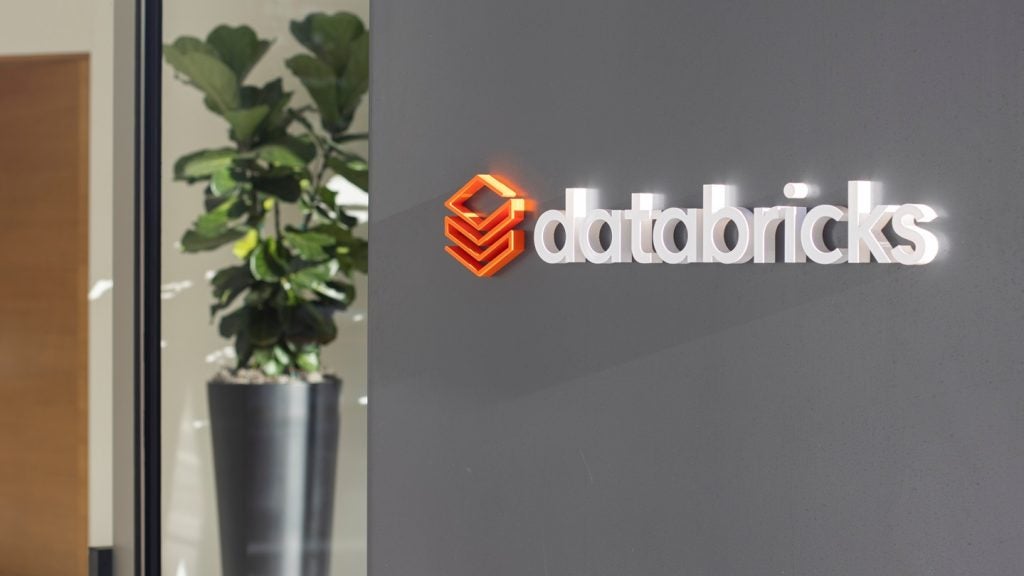Ransomware is a continually evolving industry.
In recent years, the default ransomware attack, where attackers encrypt company data, has been replaced by more sophisticated tactics. These new attacks involve publishing stolen data to dark web leak sites if ransoms are not paid, while also pressuring victims’ partners to encourage payment.
Furthermore, the next few years will see the rise of AI-powered ransomware attacks, posing new and unique challenges for organisations of all sizes. However, AI also promises significant benefits for defending against such threats.
The rise of AI-powered ransomware
AI will add greater sophistication to attacks by providing the ability to adapt and customise attack tactics in real-time. In the future, AI-powered ransomware will morph to evade detection. Large language models (LLMs) can be used to alter the source code of a piece of malware to avoid triggering rules that can identify patterns in malware families and spot potential attacks.
By using AI for reconnaissance and vulnerability assessment, AI-powered ransomware can exploit weaknesses in existing cybersecurity defences with precision. Attackers can identify and exploit entry points that traditional defences may overlook, making the task of defending against such attacks much more difficult.
A further concern is the risk of AI-created deepfakes, which could create more compelling phishing attacks as victims are targeted through impersonations that display uncanny realism. Generative AI could further enhance phishing by eliminating the usual telltale signs, such as poor grammar and spelling errors, making these attacks much more credible.

US Tariffs are shifting - will you react or anticipate?
Don’t let policy changes catch you off guard. Stay proactive with real-time data and expert analysis.
By GlobalDataAdditionally, AI-powered ransomware lowers the barrier of entry for novice cybercriminals and hacktivists. According to a recent report by the UK’s National Cyber Security Centre (NCSC), bad actors are already launching AI-powered ransomware attacks.
AI in threat detection and cyber defence
Despite concerns over the risks it poses to organisations, AI will also play a major role in improving cyber defences. Organisations can use it to understand their networks better and identify potential threats faster. For example, AI can spot and decipher the signals that are the precursor to a ransomware attack more efficiently than human resources.
According to a 2023 report from IBM, organizations that used AI and automation for security could identify and contain a breach in 214 days, 108 days shorter than those who did not use AI and automation.
The cybersecurity industry has incorporated AI capabilities in several areas, including biometric authentication such as facial, fingerprint, and iris recognition, threat detection, and incident response. For instance, Falcon, the main product of security firm CrowdStrike, uses an AI-based user and entity behaviour analytics (UEBA) engine.
This detects threats by identifying activity that deviates from a normal baseline, such as unusual traffic patterns, unauthorised data access, and movement, or suspicious or malicious activity on a computer network or endpoints. Security professionals must respond to a new AI-led security environment, too.
Most cybersecurity professionals (88%) believe AI will significantly impact their jobs, according to a February 2024 survey by the International Information System Security Certification Consortium (ISC2). But that does not necessarily mean they will be negatively impacted. The survey of 1,123 cybersecurity professionals found that most (82%) believed AI would make cybersecurity jobs more efficient and 56% said it would free up time for higher-value tasks by taking care of other more menial tasks.
The dual role of AI in ransomware
AI will be used as both an offensive and defensive tool in the world of ransomware in the coming years.
On the offensive side, AI’s ability to adapt and innovate faster than traditional methods will allow cybercriminals to potentially stay one step ahead of security measures.
On the defensive side, AI’s strength lies in its capacity to process vast amounts of data quickly and identify patterns indicative of threats. The future of AI in ransomware will depend on which side can harness its capabilities more effectively. Organisations must remain vigilant and proactive, using AI not only to defend against current attacks but also to anticipate and prepare for future threats. The balance of power in the fight against ransomware will hinge on this crucial battleground.








